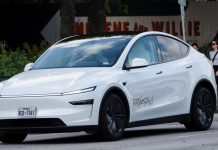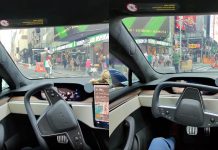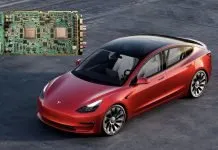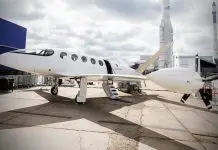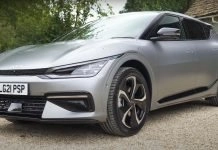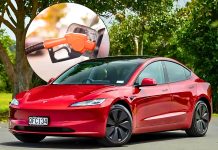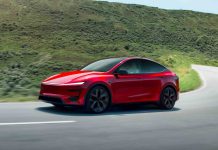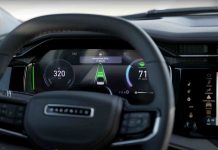Recently, a Tesla Model 3 validation vehicle for the upcoming Robotaxi service has been spotted in Buttonwillow, California. The remote town, located 250 miles south of San Francisco, is the recent testing ground for what may be the biggest invention in the history of personal transportation: Tesla’s fully autonomous ride-hailing network.
The prototype is an important milestone in Tesla’s quest to commercialize self-driving technology and also confirms CEO Elon Musk’s long-held belief that all Tesla cars can become income-generating Robotaxis.
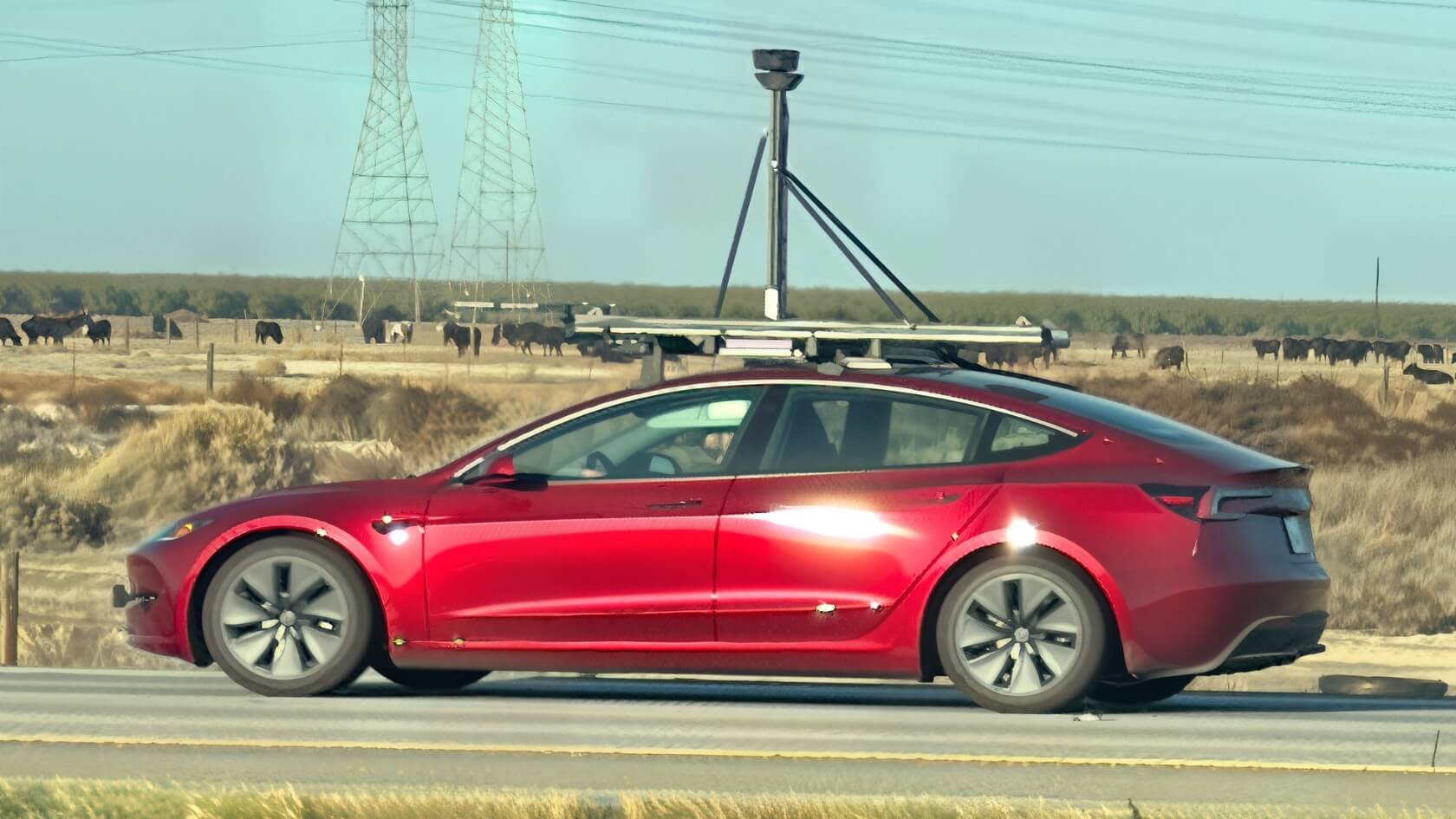
What Is a “Validation Vehicle”?
A validation vehicle is simply a prototype of a pre-production model used to investigate the system’s actual performance, reliability, and compliance with regulations before a commercial release. The validation unit in this case is probably the Model 3 Robotaxi, which will be used to test the functionality of both software and hardware that will enable Tesla to operate its Full Self-Driving (FSD) system in fully autonomous mode – that is, without human intervention.
Tesla has been incrementally improving its software FSD (Supervised) with regular updates and with data collected across millions of miles on the roads all over the world. The emergence of a validation car will be a sign that Tesla is in its last testing before implementing its fleet of Robotaxis.
Tesla Model 3 sporting FSD data capture hardware it’s spotted in Buttonwillow, CA just now 👀 pic.twitter.com/FGSSCNXqOl
— The Kilowatts 🚗⚡️ (@klwtts) November 8, 2025
Strategic Testing in Buttonwillow
Buttonwillow may seem like an unlikely location at first glance, but actually, it is the perfect place to be when it comes to validation testing. The location of the area (its closeness to the key highways in California), the diversity of the traffic, and the combination of urban and rural settings offer the perfect real-life data to perfect the autonomous behavior. In addition, the San Francisco-Los Angeles road is one of the busiest in the U.S., which is one of the essential directions of future Robotaxi services.
The trials on this route will allow Tesla engineers to test the functionality of the FSD system in more difficult driving scenarios – a freeway merger and traffic jam, as well as the planning of a long route and energy consumption during longer journeys.
Design and Technology Observations
According to witnesses, the validation Model 3 had special external sensors and testing hardware, which could have been a portion of the internal validation of Tesla FSD v14 or later. Where Tesla has held on to the vision-only system, where it uses cameras rather than radar or LiDAR, the testing setups can have diagnostic rigs or extra camera calibrations to achieve data collection and validation processes.
Also, it is speculated that the new Computer 2 version, known as Autonomy Computer 2, will be integrated and therefore will be able to increase the speed of real-time processing of autonomous decisions. This would be in line with the intention of Tesla to do away with older hardware versions and equip vehicles with the ability to drive unsupervised.
Robotaxi Launch Getting Closer
Tesla has already hinted that it plans to unveil its dedicated Robotaxi car in 2026, and pilots will be potentially launched in some U.S. cities afterwards. Nonetheless, the deployment of validation cars based on the Model 3 model implies that Tesla would be able to use its current fleet first and then switch to specialized Robotaxi models.
Elon Musk has repeatedly stressed that a Robotaxi network would be built in the Tesla app, which will enable owners to use their cars in the form of autonomous taxis when personal use is not required. It would effectively transform Tesla vehicles into income-generating properties and transform the concept of ride-sharing as well as ownership of vehicles.



